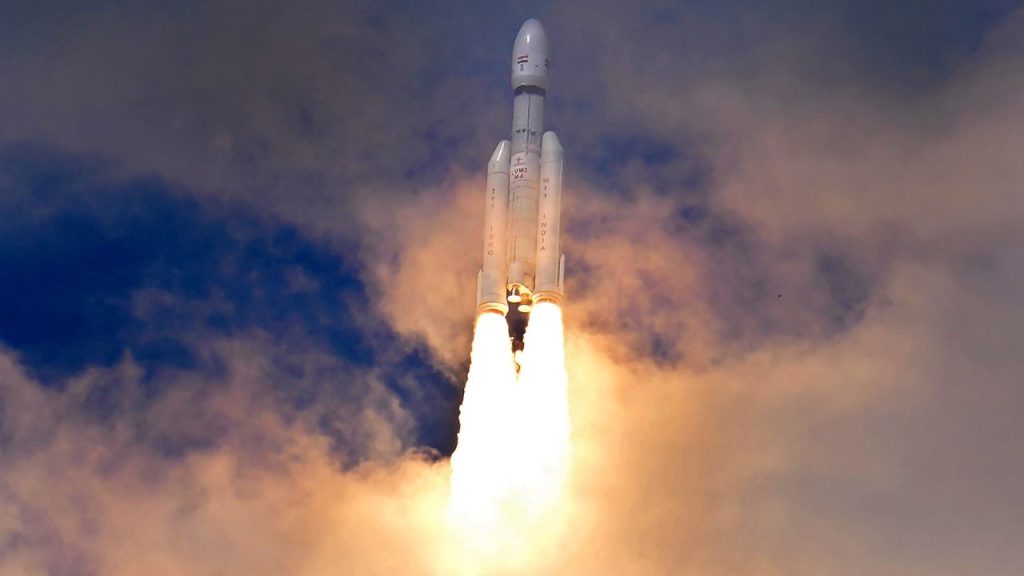
chandrayaan-3-spacecraft-on-its-way-to-enter-moons-sphere-of-influence-says-isro
A fortnight since its successful launch from Sriharikota, Chandrayaan-3, India’s third lunar mission, has successfully completed its orbits around the Earth and is injected into the translunar orbit, the Indian Space Research Organisation (ISRO) said on Tuesday.
“Chandrayaan-3 has completed its orbits around the Earth and is heading towards the Moon,” the national space agency said.
“A successful perigee-firing performed at ISTRAC (ISRO Telemetry, Tracking and Command Network). ISRO has injected the spacecraft into the translunar orbit,” it said.
“Next stop: the moon. As it arrives at the moon, the Lunar-Orbit Insertion (LOI) is planned for August 5, 2023,” it added.
Chandrayaan-3 soft landing on 23 August
After a series of engine firings to elongate its orbit, Chandrayaan-3 will head towards the moon. The landing attempt is scheduled to occur on August 23 or 24, timed to coincide with sunrise at the landing site in the moon’s south polar region. If all goes as per plan, the lander Vikram will touch down on the lunar surface at 5.47pm on August 23.
This process aims to deepen our comprehension of the lunar terrain, contributing to a more comprehensive understanding of the moon’s surface characteristics.
This is the second mission, attempting soft-landing on the moon as in 2019, ISRO launched unmanned spacecraft to the lunar surface, named Chandrayaan-2. The mission failed in September 2019, as the Vikram lander crashed upon reaching the Moon’s surface.
The final round
The spacecraft will cover the distance to the moon in about four days. On August 5, it will enter lunar orbit and start going around the moon, much like it has been going around the earth until now. It will slowly get into lower and lower orbit around the moon before obtaining a circular orbit of 100 km. It is from this circular orbit that the final descent of the lander and rover module will happen around August 23.
The landing site selected for the mission is just slightly off the one chosen for Chandrayaan-2. The spacecraft will land at 69.36oS and 32.34oE, near the moon’s southern pole. This region was selected as several craters remain permanently in shade, and can be the storehouse of water ice and precious minerals.



